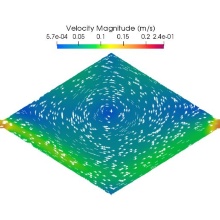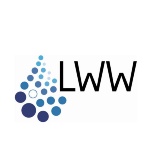Abstract
Numerical models are only able to forecast future scenarios accurately if an in-depth calibration and validation process is conducted. The major challenge in calibrating numerical models is to choose a unique set of parameters and values to obtain the best fit compared to observed or measured data. Choosing appropriate values for the different parameters requires a high level of expertise from the modeller. This involves not only knowledge of the boundary conditions, but also of the range in which different parameters can be varied.
Especially morphodynamic models are highly parameterized. Therefore, a high degree of complexity results from the combination of different morphodynamic parameters, which for example influence the sediment transport. The use of a model-independent calibration tool, e.g. PEST, has the advantage that they can reduce the workload of the calibration process. In addition, these tools reduce the subjectivity of the user and help to reduce errors caused by inaccurate assumptions and combinations of involved parameters.
- Automatic calibration of a 3D morphodynamic numerical model of a 180° bend
Sediment transport in river bends is a complex phenomenon. The flow in curves and meander channels is dominated by secondary flows. In order to describe the complexity of the flow properties and the sediment transport mechanisms in river bends and meanders, the use of 3D numerical models is essential. This project includes the application of automated calibration for a 3D morphodynamic model of a U-shaped channel in a 180° bend.
- Investigating the influence of the geometry of shallow water reservoirs on sedimentation processes of fine sediments
The planning of reservoirs requires the accurate prediction of sediment transport, erosion and deposition. The main objective of this project is to better understand the physical processes involved in the sedimentation of shallow water reservoirs and to investigate the influence of geometry on the sedimentation of suspended solids. Furthermore, the project deals with the application of automatic calibration in numerical modelling of shallow reservoirs.
Project manager
Deputy
Research assistants
Department
Duration
From: 2016.11.01
To: 2021.10.30
Finances
Stipendium - Deutscher Akademischer Austauschdienst (DAAD)



